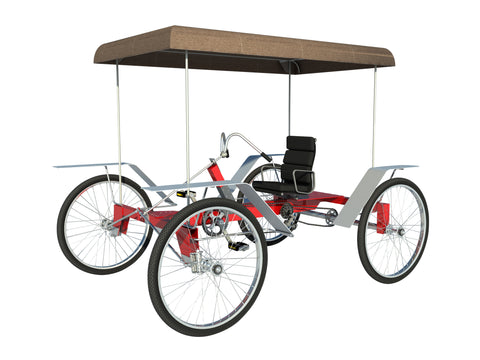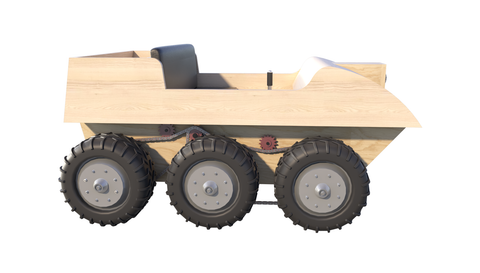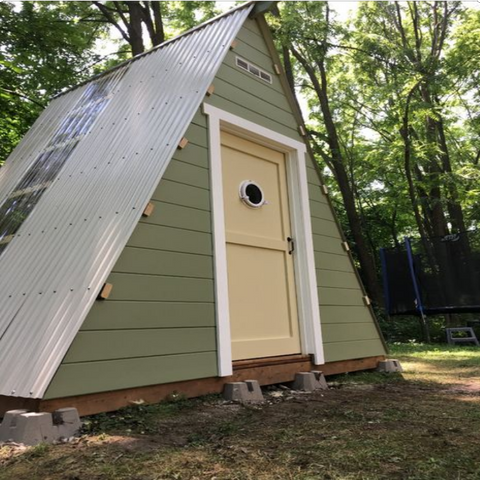DIY Passive Solar Heater Plans - Eco Energy Solar Heating System - Build Your Own.
Passive Solar Heater Plans DIY.
Solar Heating Systems Plans.
These free DIY plans will show you how to build this energy saving DIY Passive Solar Heater.
What Are Passive Solar Heaters?
Passive solar Heaters work by allowing the hot air from the sun to be transferred to the air in the room. The heater is shaped like a cylinder with two holes on either side that help warm the air as it passes through. The hot air rises until it reaches the top of the cylinder, and then it travels back down the holes into the room. In this way, solar heated air is transferred to the room in a natural cycle.
Indirect gain passive solar heating system
The indirect gain passive solar heating system uses thermal mass, which is built into the walls of a building, to store energy generated by sunlight. The thermal mass is often concrete blocks or rammed earth. Its top and bottom portions are insulated, and the window-facing side is open to the sun. A thermal mass system can be controlled with electronic sensing devices and operable vents. Another option for passive solar heating systems is a water-filled container that stores solar heat. Such a system requires a structure to support it and periodic inspections to check for microbial growth.
Direct gain passive solar heating systems use approximately 60-75% of the sun's energy. Direct gain systems require the installation of thermal mass that is insulated from the outside temperature. This prevents the collected solar heat from dissipating into the air or ground. However, thermal mass needs to be insulated from cold surfaces.
Indirect gain passive solar heating systems are also known as thermal storage walls or Trombe walls. They use heavy masonry on the south side of a building and a single or double layer of glass on the inside surface. As a result, solar energy is absorbed by the wall's mass and slowly transferred through the wall into the interior space.
A passive solar heating system can displace a large portion of the building's annual heating needs. It may also require an active backup heating system, but it can help a building achieve net-zero energy status. Passive solar heating systems also reduce carbon emissions from building heating. There are three types of passive solar heating systems: indirect gain, isolated gain, and sun-tempered.
Direct gain passive solar heating is most effective if a building has south-facing windows. However, it can be inefficient if the building does not receive enough sunlight on sunny days. In addition, it should have adequate insulation and thermal mass to reduce nighttime heat loss. A good insulating design also reduces summer overheating.
Another important part of passive solar heating is control. Control will prevent the building from overheating during the warmer months, and will also decrease air conditioning costs. This can be achieved by using blinds or awnings.
Direct gain passive solar heating system
A direct gain passive solar heating system uses a combination of south-facing windows and thermal mass to absorb solar radiation. The materials used in the house absorb solar heat and release it at night. The result is a comfortable indoor temperature year-round. This type of heating system is very effective in both cold and hot climates.
This heating system utilizes sixty to seventy percent of the sun's energy to heat a room. It is a good choice for low-rise buildings in cold and temperate climates. It can reduce heating energy use by 25 to 75%. It is important to determine the thermal mass of a room before installing the system. Thermal mass should be distributed evenly throughout the room to ensure comfort. This can be done by placing it on the east and west walls. Thermal mass can also be placed on the floor.
If a room has a large amount of glazing, you will want to use thermal storage mass to slow the rise of room temperature. Thermal storage mass can be concrete or water-filled drums. This will arrest any increase in temperature during the day and release it at night to warm the room. In addition, a large amount of glazing can cause winter losses and overheating in summer. To minimize these problems, you can use various controls and exhausts to cool the interior of the room.
A direct gain passive solar heating system is a combination of south-facing glazing, interior thermal mass, and appropriate solar and heat loss control mechanisms. It can replace all or part of the annual heating requirements of a building. In addition to its ability to reduce heating bills, it can also reduce carbon emissions associated with the heating of a building.
A direct gain passive solar heating system uses thirty to forty-five percent of the heat from the sun. Another passive solar heating system that uses an indirect gain approach involves thermal storage between a south-facing window and the living space. The most common of these thermal storage systems is called a Trombe wall, which consists of an 8-16 inch-thick masonry wall. The wall absorbs solar heat during the day and disperses it into the living space at night.
All DIY plans are designed or reviewed by Ben Stone. Ben is a retired Engineer in Canada. Ben also drafts these himself using the latest AutoCAD software to ensure accuracy. He studied Engineering back in the early 1980's. After over 30 years in the Construction industry he developed a passion for building cool items around his farm and cabin. These are great DIY projects. With a little skill anybody can Do It Yourself. Ben is always a email away if you have any questions while building one of his projects. He is adding new plans all the time.











